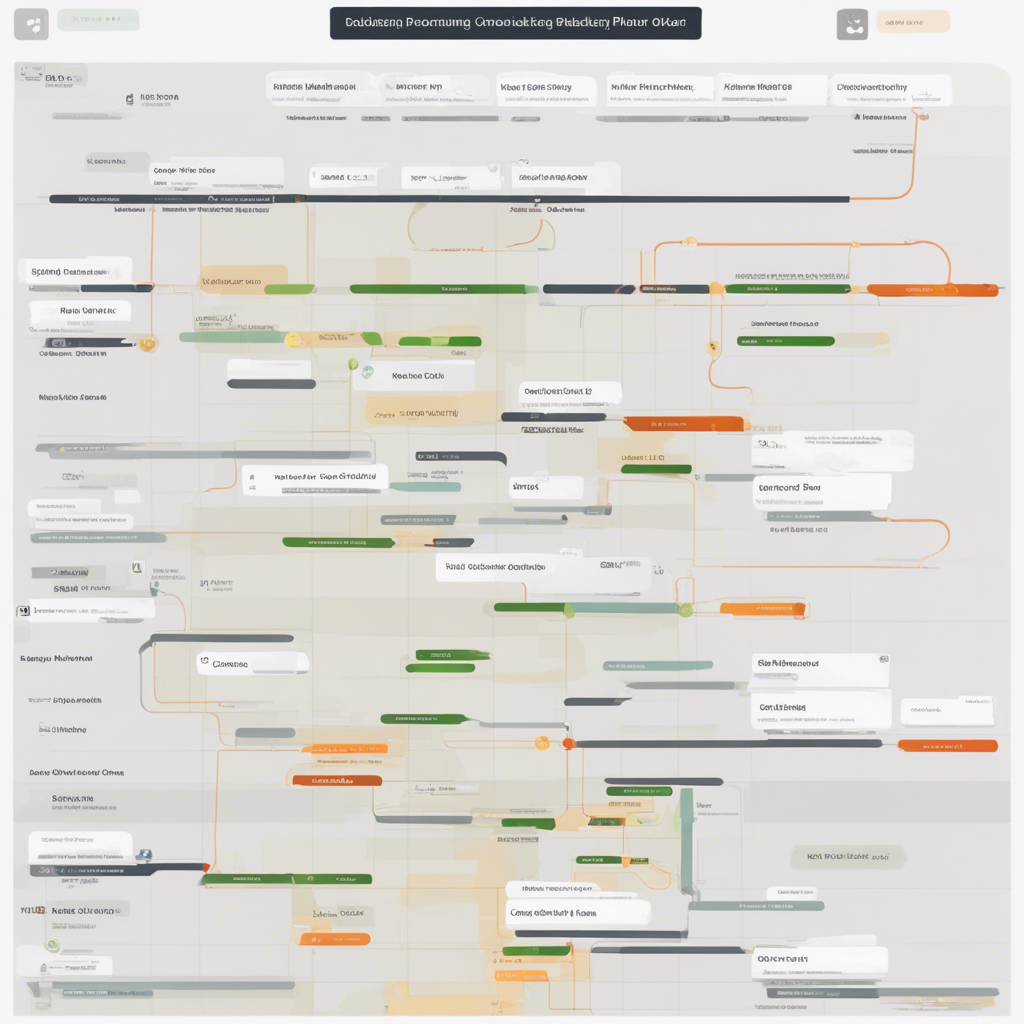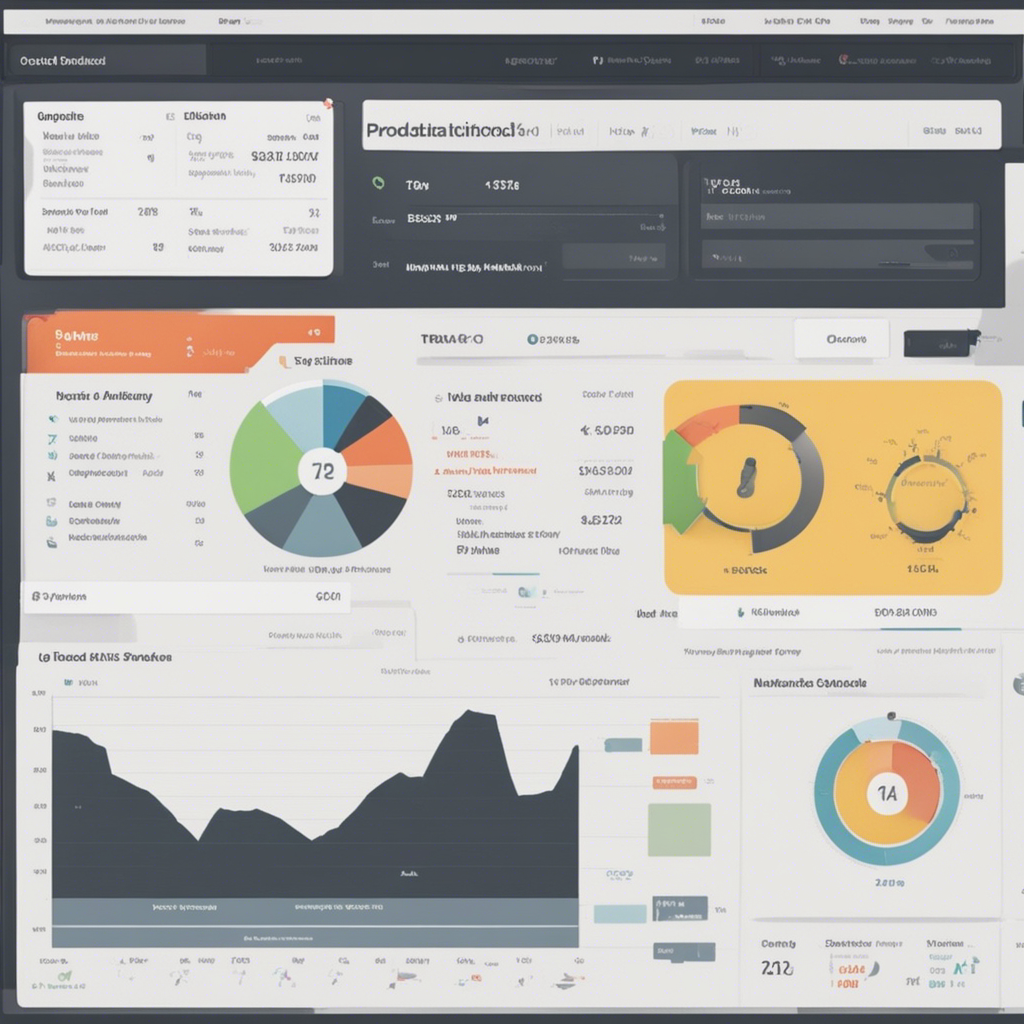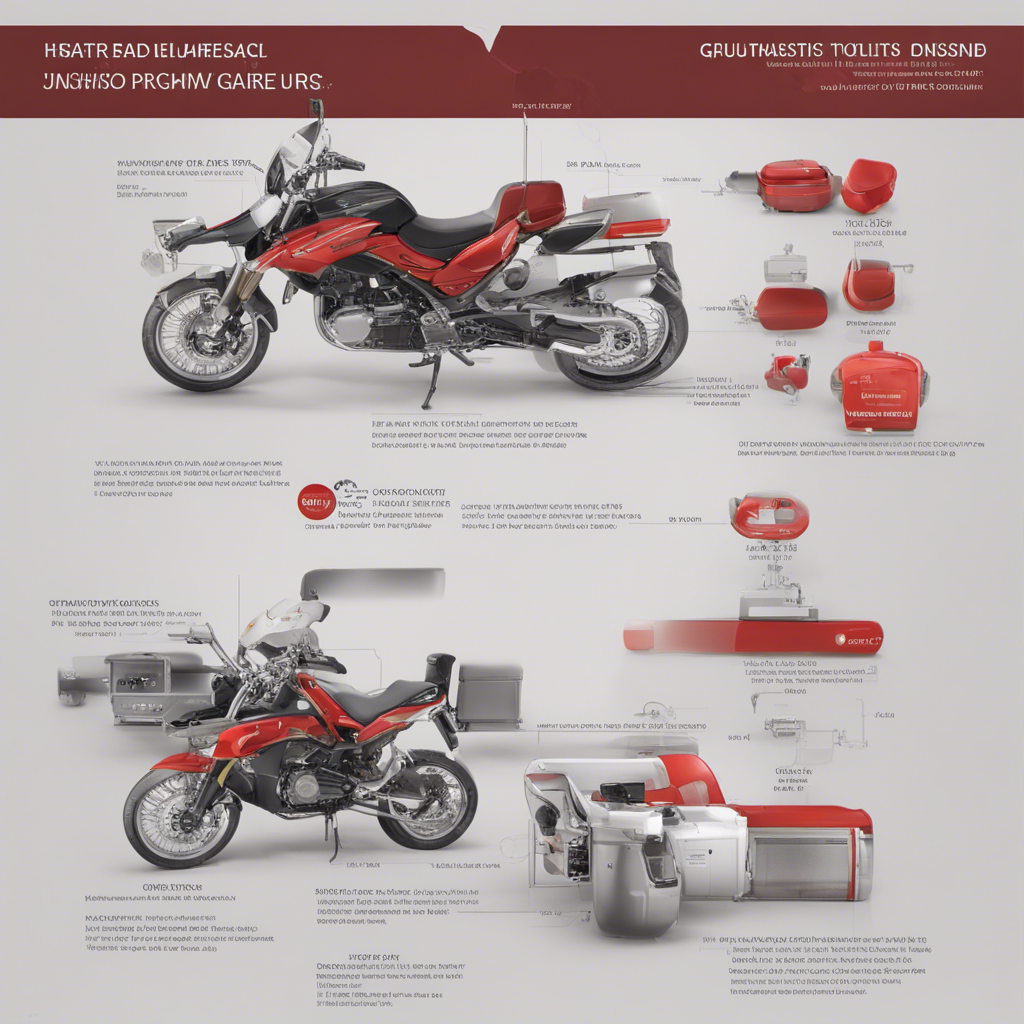
Product Roadmapping Strategies and Best Practices
In today’s fast-paced business landscape, successfully bringing a product to market requires careful planning and roadmapping. A product roadmap serves as a strategic blueprint that outlines the key features, functionality, and timeline for product development and release. In this blog post, we will delve into product roadmapping strategies and best practices to help you navigate this critical process and increase your chances of success.
What is a Product Roadmap?
A product roadmap is a visual representation of the product’s strategic direction and the key milestones required to achieve that vision. It serves as a guide for product managers, stakeholders, and development teams, providing a unified source of truth and context for decision-making throughout the product development lifecycle.
1. Set Clear Goals and Objectives
Before embarking on product roadmapping, it is essential to establish clear goals and objectives. These goals should align with the overall business strategy and reflect the needs of your target market. By setting specific, measurable, achievable, relevant, and time-bound (SMART) goals, you create a roadmap that is focused, purposeful, and actionable.
2. Understand Market Needs and Trends
To develop a product roadmap that resonates with your target audience, it is crucial to understand their needs and stay informed about industry trends. Conduct market research, analyze customer feedback, and consider competitor analysis to ensure your roadmap is aligned with market demands and expectations.
3. Prioritize Features and Initiatives
Not all features and initiatives are created equal, and it is essential to prioritize them based on their impact and strategic value. The prioritization process should consider factors such as customer feedback, market potential, business goals, and resource availability.
One popular prioritization framework is the RICE method, which stands for Reach, Impact, Confidence, and Effort. This framework helps product managers quantify the potential value and effort required for each feature or initiative, allowing for informed decision-making and prioritization.
4. Create a Flexible Timeline
While it is necessary to set deadlines and milestones, it is equally crucial to maintain flexibility in your product roadmap. Factors such as design iteration, market feedback, and unforeseen challenges may require adjustments to the timeline. By building in flexibility, you avoid overcommitting and enable adaptability as the product evolves.
5. Communicate and Collaboration
Effective communication and collaboration are critical for successful product roadmapping. Involve key stakeholders, such as executives, product managers, designers, engineers, and marketing teams, throughout the process. Regularly communicate updates, progress, and changes to ensure everyone is aligned and working towards the same goals.
6. Keep the Roadmap Visible and Up-to-Date
Maintaining a visible and up-to-date product roadmap ensures that all stakeholders have access to the latest information and can align their efforts accordingly. Consider using product management software or collaborative tools that allow real-time updates and visibility across teams and departments.
7. Iterate and Adapt
Roadmapping is an iterative process that requires continuous monitoring, learning, and adaptation. Regularly review and reassess your roadmap based on market feedback, user metrics, and changing business needs. Embrace an agile mindset that promotes flexibility and allows for adjustments as you learn from real-world experiences.
Conclusion
In conclusion, product roadmapping is a critical strategic process that ensures successful product development and release. By setting clear goals, understanding market needs, prioritizing features, creating a flexible timeline, communicating effectively, and continually iterating, you increase your chances of delivering a valuable and competitive product to the market.
Remember, a well-executed product roadmap is a living document that evolves and adapts as you learn and grow. By following best practices and leveraging the right tools and techniques, you can navigate the complexities of product development, stay ahead of the competition, and delight your customers.
Note: This blog post was inspired by industry experts and thought leaders such as Marty Cagan, Roman Pichler, and Melissa Perri. Additional research and insights were gathered from articles published by Agile Methodology, ProductPlan, and Roadmunk.






